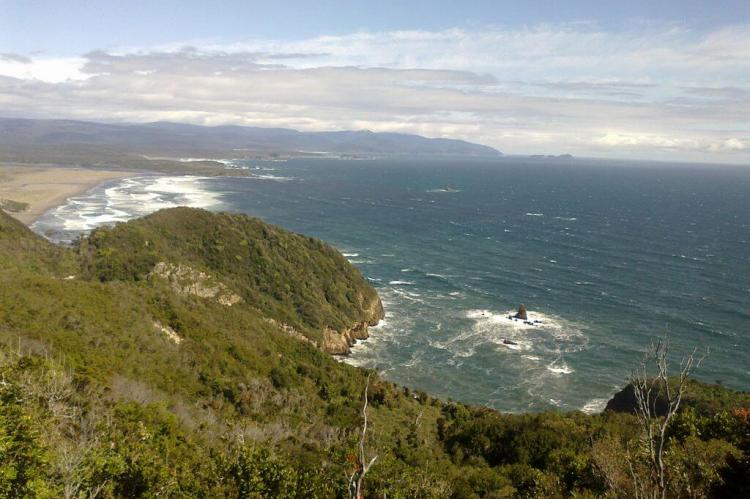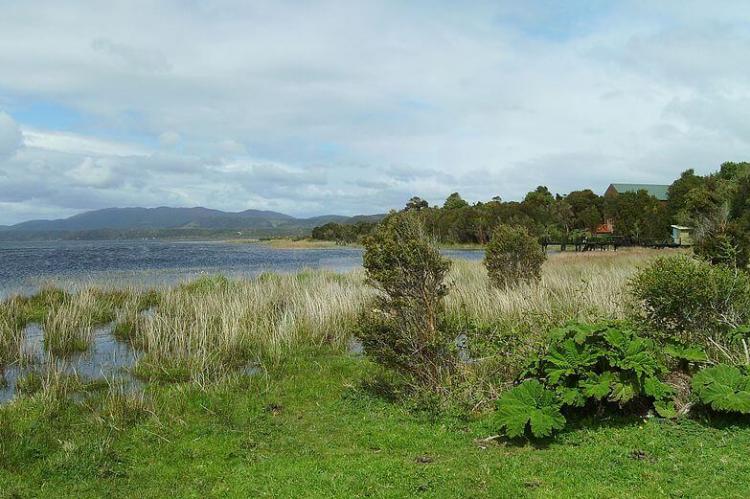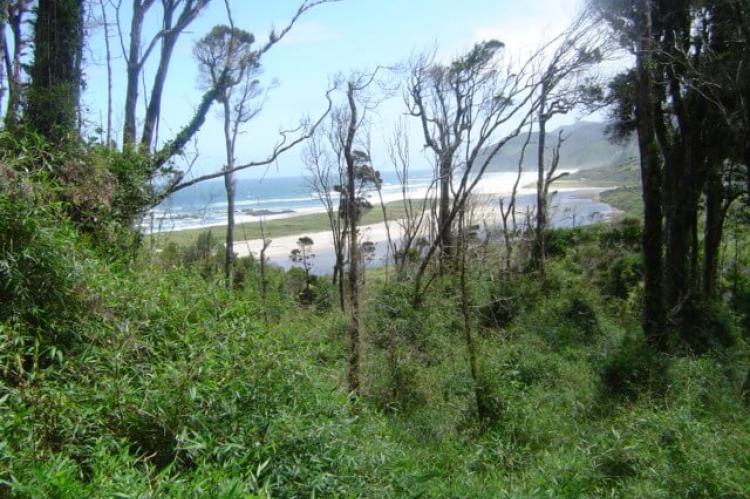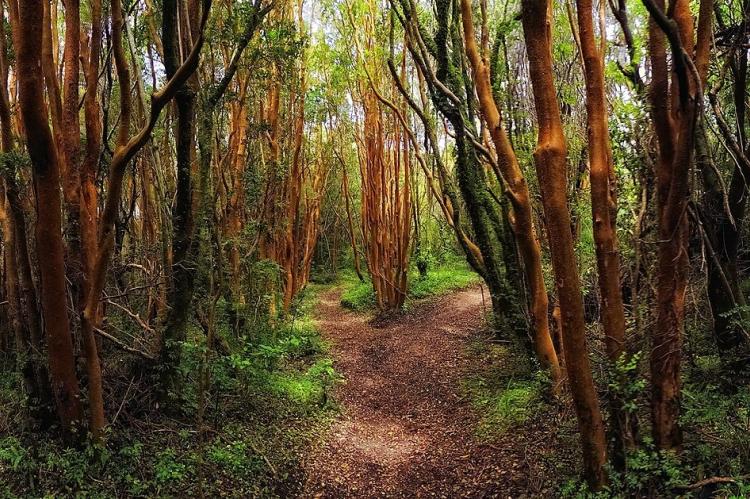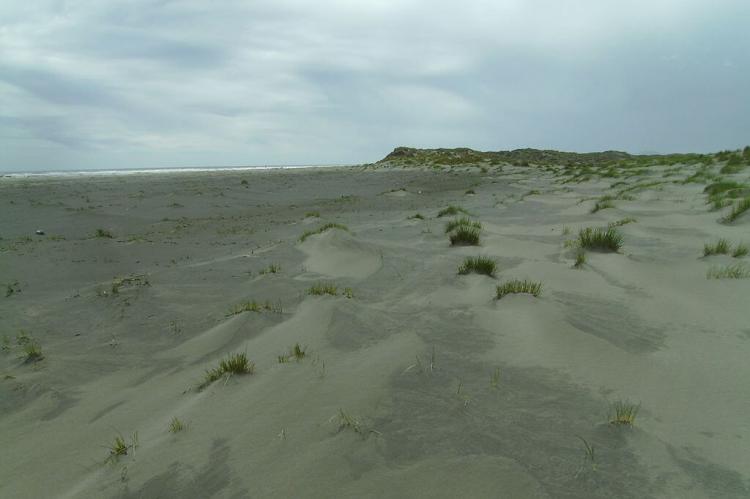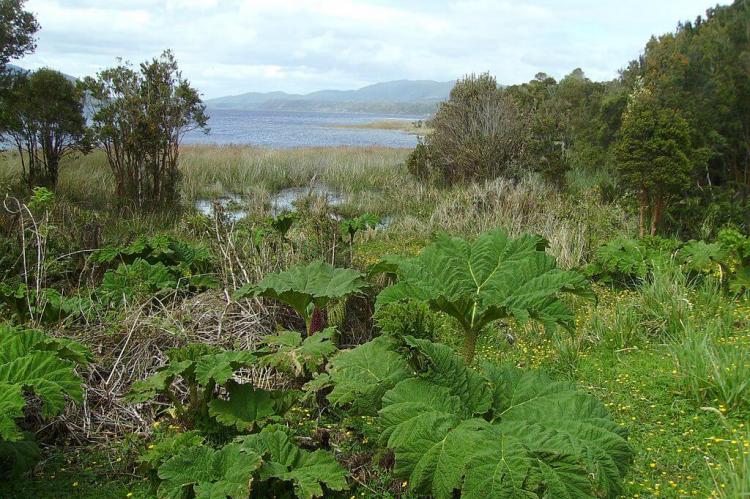Chiloé National Park: Biodiversity and Beauty on Chiloé Island
Chiloé National Park, located on the western coast of Chiloé Island in southern Chile, is a sanctuary of remarkable biodiversity and natural beauty. The park showcases diverse ecosystems, from temperate rainforests and swamps to rugged coastlines and sandy dunes.
Exploring Chiloé National Park: A Gem of Chile's Coastal Wilderness
Chiloé National Park, located on the western coast of Chiloé Island in the Los Lagos Region of southern Chile, is a sanctuary of remarkable biodiversity and natural beauty. Established in 1982 and spanning 42,567 hectares (105,185 acres), the park showcases a diverse array of ecosystems, from temperate rainforests and swamps to rugged coastlines and sandy dunes. Exploring the park's geography, climate, flora, fauna, and recreational opportunities reveals the significance of one of Chile's most enchanting natural reserves, highlighting the ongoing efforts to preserve these natural treasures.
Geographic Setting
Divisions of the Park
Chiloé National Park is divided into three main areas:
- Chepu: Located in the district of Ancud, this area is known for its lush forests and riverine systems.
- Abtao: This portion belongs to the districts of Castro, Chonchi, and Dalcahue and is characterized by its diverse landscapes, including forests and wetlands.
- Metalqui Islet: A small area known for its colony of sea lions, adding to the park's marine biodiversity.
Most of the park lies in the foothills of the Cordillera del Piuchén, part of the Chilean Coastal Range. This region is renowned for its varied topography, including dunes, temperate rainforests, swamps, and peat bogs, each supporting distinct ecological communities.
Climate
Chiloé National Park experiences a wet and temperate climate. The average annual temperature is 11°C (52°F), and the area receives abundant precipitation throughout the year, ranging from 2,500 to 5,000 mm (98 to 200 in) depending on the altitude. This consistent rainfall supports the lush vegetation and diverse ecosystems within the park.
Flora
Valdivian Temperate Forests
The predominant vegetation in Chiloé National Park is the Valdivian temperate rainforest, a dense forest comprised of evergreen trees, shrubs, and climbing plants. Key species include:
- Southern Beech (Nothofagus): These trees form the backbone of the forest, providing habitat and food for numerous species.
- Alerce (Fitzroya cupressoides): Also known as Patagonian Cypress, these ancient trees are among the longest-lived species in the world.
Bogs and Swamps
Extensive bogs and swamps dot the park's hilly regions. These wetlands are home to unique plant species, such as the Chilean rhubarb (Gunnera tinctoria), a large perennial that thrives in moist conditions.
Fauna
Chiloé National Park boasts a rich diversity of wildlife, with coastal, forest, and marine species all finding refuge here.
Marine Life
The coastal areas of Chiloé National Park are teeming with marine wildlife, including:
- Sea Lions: Colonies of these playful mammals can be seen basking on the rocks of Metalqui Islet.
- Penguins: Several species, including the Magellanic penguin, inhabit the coastal areas.
- Pygmy Blue Whales: The waters around Chiloé Island are one of the few known foraging grounds for these majestic creatures in the Southern Hemisphere. Other whale species, such as humpbacks, finbacks, seis, and southern right whales, also frequent the area, often entering narrow fiords to feed or rest.
Terrestrial Wildlife
The park's terrestrial ecosystems support a variety of animals, including:
- Birds: A plethora of seabirds and forest-dwelling species contribute to the park's avian diversity.
- Mammals: Various mammals, from small rodents to larger species like deer, inhabit the park's forests and wetlands.
Recreational Opportunities
Chiloé National Park offers numerous hiking trails that cater to different levels of fitness and interest, allowing visitors to explore its diverse landscapes:
- Río Chepu-Río Lar: An 11 km (6.8 mi) trail through lush forests and along riverbanks.
- El Tepual (Interpretation Trail): A short 0.75 km (0.5 mi) trail ideal for learning about the park's unique flora.
- Dunes of Cucao: A 1.4 km (1 mi) trail that traverses striking coastal dunes.
- Chanquín-Cole Cole: A challenging 16 km (10 mi) trail offering stunning coastline views.
- Río Cole Cole-Río Anay: A 5 km (3 mi) trail through diverse ecosystems.
- Chanquín-Río Grande: A 15.5 km (9.6 mi) trail showcases the park's varied landscapes.
- Castro-Abtao: An 18 km (11 mi) trail connecting key park areas.
Conservation Efforts
Chiloé National Park is a vital conservation area that plays a crucial role in protecting the unique ecosystems and species of southern Chile. Efforts to preserve the park include habitat restoration, wildlife monitoring, and environmental education programs aimed at fostering a deeper appreciation for this natural treasure.
Conclusion
Chiloé National Park is a testament to Chile's southern coast's rich biodiversity and natural beauty. From its lush Valdivian temperate forests and extensive wetlands to its rugged coastlines and marine habitats, the park offers a sanctuary for many species and a haven for nature enthusiasts. Continued conservation efforts are essential to preserve this remarkable landscape for future generations, ensuring that Chiloé National Park remains a jewel of Chile's natural heritage.
